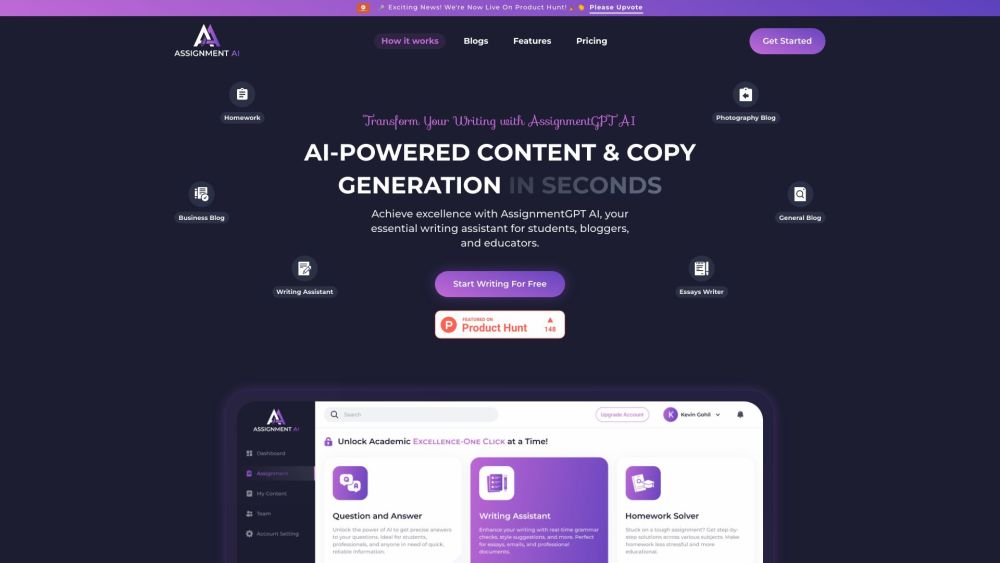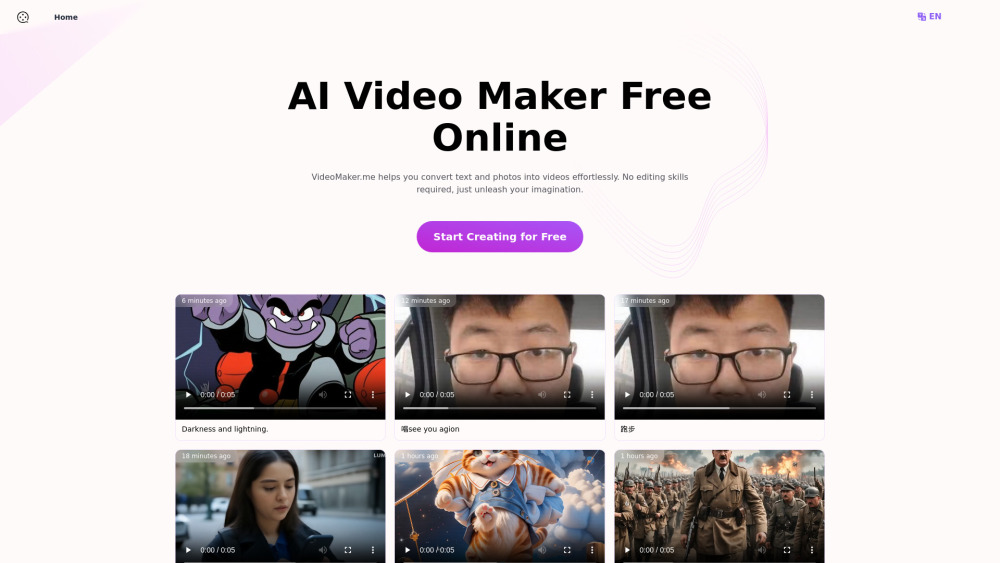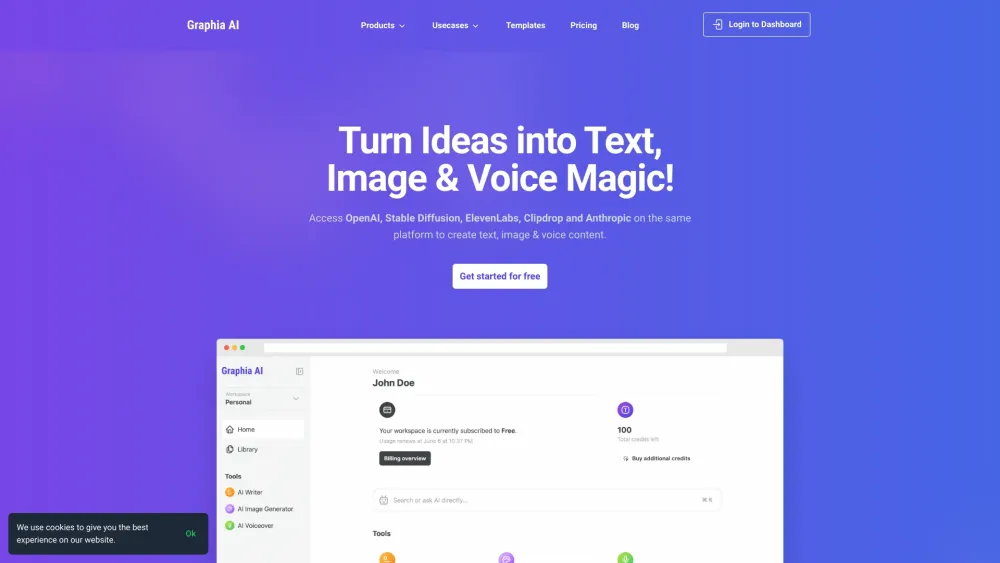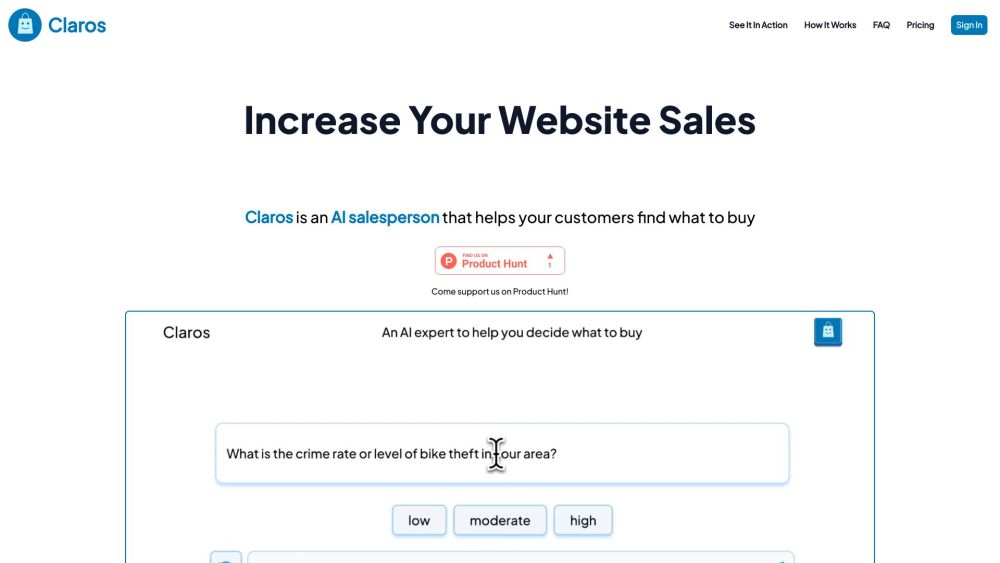Generative AI: Transforming Industries and Enterprises
Generative AI is the talk of the town, heralded as a breakthrough technology with the potential to dramatically change various domains, including human life itself.
Despite the hype surrounding generative AI in 2023, a Menlo Ventures report suggests that its adoption has been slow, accounting for less than 1% of enterprise cloud spending. In contrast, traditional AI comprises 18% of the $400 billion cloud market. “Many believed generative AI would quickly revolutionize industries,” comments Derek Xiao, an investor at Menlo. “While it represents significant progress, real change in the enterprise sector will take time.”
Growth in Traditional AI Spending
Forecasts indicate that the generative AI market could reach $76.8 billion by 2030, with a remarkable compound annual growth rate (CAGR) of 31.5% from 2023. Other estimates suggest this technology could generate at least $450 billion across 12 sectors within the next seven years.
Since its debut in November 2022, ChatGPT has become a focal point in both corporate meetings and casual conversations. However, Menlo’s State of AI in the Enterprise report reveals that 50% of surveyed enterprises had already adopted some form of AI before 2023. The number of companies utilizing AI increased by 7%, rising from 48% to 55%, with an average investment growth of about 8%. Product engineering departments lead the spending on AI solutions.
Despite this growth, enterprises express caution toward generative AI. “We anticipated generative AI to be an instant success,” says Menlo partner Naomi Ionita. “Instead, 2023 proved to be a year of exploration.” Looking ahead, Xiao asserts that 2024 will be pivotal for the implementation of generative AI.
Concerns Surrounding Generative AI Adoption
As enterprises navigate this landscape, Menlo partner Tim Tully advises taking a measured approach. “Leaders should feel reassured by these findings and understand that a slow transition is acceptable,” he emphasizes. He points out that the rapid evolution of generative AI fosters hesitance in adoption, often due to budget constraints.
“Making these costly decisions requires careful consideration,” he notes. Historical patterns in transformative technologies, like cloud computing, suggest that adoption will continue to be gradual.
Barriers to adoption include unverified ROI, the “last mile problem,” data privacy issues, a shortage of AI talent, limited organizational capacity, compatibility challenges with existing systems, and insufficient explainability and customization.
Menlo reports that current enterprise solutions “have yet to fulfill their promise of significant transformation.” They struggle to create new workflows, and productivity gains remain limited, making buyers skeptical until they can perceive tangible value. This skepticism is further complicated by the difficulty enterprises face in securing financial approval, as Ionita states, “It’s increasingly challenging to negotiate with CFOs. There are substantial hurdles to overcome. While the potential is clear, the path to implementation is complex.”
However, early adopters of generative AI are witnessing substantial improvements in managing data and alleviating tedious workflows. “It enhances user experiences in ways previously unachievable,” Ionita remarks.
Tully adds that users can create “exceptional tools” in 20 minutes or less. “Generative AI is transforming workflows, simplifying tasks, and boosting employee success. It is generating real value and revenue.”
Opportunities in the Generative AI Sector
As the generative AI market expands, Menlo identifies considerable opportunities for startups in both vertical (industry-specific) and horizontal (generalized) applications. Ionita highlights that enterprises are increasingly adopting hybrid AI models, utilizing multiple foundation platforms alongside specialized models for various use cases.
“When generative AI is implemented, industry-specific tools gain remarkable capabilities,” the report states. For instance, marketers leverage Synthesia for video content creation, while the legal sector utilizes Harvey for contract analysis and compliance. Startups like Greenlite for finance, Abridge for healthcare, and Higharc for architecture are also making strides.
On the horizontal front, AI tools are automating mundane tasks. Menlo anticipates a rise in AI agents capable of “independent thought and action,” managing emails, calendars, note-taking, and seamlessly integrating into specific workflows. “Giving back valuable time to employees is a clear advantage,” Ionita points out, acknowledging that the average worker typically juggles a complex array of tools.
Going forward, Menlo predicts that “AI will transition from a novelty to a standard, expected collaborator in daily work.”
Standardizing the Modern AI Infrastructure
Menlo's investments in companies like Anthropic and Pinecone reflect growing enterprise investments—$1.1 billion this year—into the modern AI stack, making it a key focus area within generative AI. Enterprises report that 35% of their infrastructure budgets are allocated toward foundation models like OpenAI and Anthropic, which dominate production models, making up over 85%.
Most AI models are pre-existing, with only 10% of enterprises opting for model pre-training. Companies typically use a variety of models for enhanced control and cost efficiency, with 96% of expenses directed toward inference. Popular customization methods include prompt engineering, while evaluation often involves human review.
Additionally, retrieval-augmented generation (RAG) is emerging as a standard practice, enhancing large language models (LLMs) using external knowledge bases for timely and relevant responses. In Menlo's survey, 31% of enterprises reported employing RAG, while 19% engage in fine-tuning, 18% utilize adapters, and 13% incorporate reinforcement learning through human feedback (RLHF).
While the early phases of generative AI were characterized by rapid changes, Xiao notes an industry shift toward convergence around core components and best practices. Nonetheless, the modern AI infrastructure lacks full standardization, presenting opportunities for startups providing services for model deployment, data pipeline management, and security measures.
Startups should prioritize tool development that fosters new workflows, advanced reasoning, and proprietary data analysis, rather than merely creating a “ChatGPT wrapper.” “The key is to innovate in markets where incumbents do not,” warns Xiao, emphasizing the importance of differentiation.




